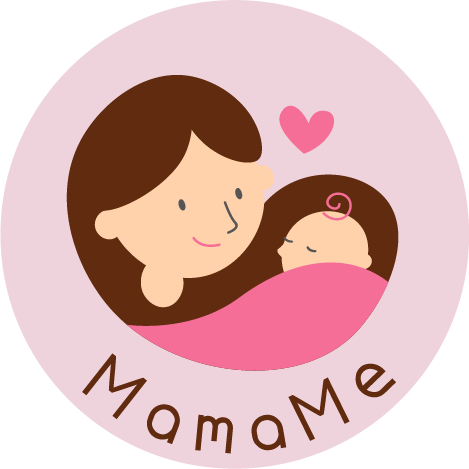
What is the proper water to formula ratio?
The great thing about European formulas is that it the water to formula ratio is very simple, 1:1. It is very important that measurements are done using ml vs. oz. For example, 90 ml would be roughly 3 ounces. However, ml is always a bit more water than in ounces.
Using ml for your bottles will help lower the risk of constipation in infants and will ensure your formula is made perfectly for your little one. Water should always be put in the bottle before adding formula powder. This will ensure that you will always have the proper water to formula ratio!
Please note that once the
You can pre-make your formula in advance- 24 hours- but it is not advised by the manufactures of the formula.
Do I really need to boil my water?
Formula powder NOT sterile! This is true for formula manufactured in the United States as well as formula manufactured in Europe. To follow the recommendations by the EU and WHO (World Health Organization), water needs to be at a temperature of 70 degrees Celsius, minimum, to ensure sterilization.
Please note, adding to hot of water will remove the probiotics and prebiotics which are in the formulas. Boiling water is not to neutralize the water, it is to ensure the formula does not have bacteria present.
Never use a microwave to heat up formula.
What bacteria could be in my infant’s formula?
Cronobacter Sakazakii is a bacteria that has been found in infant formula. Although the risk to this bacteria is very small, the CDC wants to inform all parents that there is a risk of 1 in 24 million.
Rest assured that European formula is held to a much higher standard of safety testing. In fact, every single infant formula sold on our website is held to this higher standard.
Cronobacter Sakazakii, however, can be introduced in the environment during feed preparation from kitchen surfaces, handling of bottle parts, and a very small risk from the powdered formula itself.
Cereal Preparation
Pour the desired amount of cereal into a bowl.
Add breastmilk/formula/water until the consistency is proper to the developmental level of your infant.
For example, a 5-month-old infant would have more wet cereal than an 8-month-old infant.
There is no "set way" to make cereal, it is dependent on the developmental level of your child and their age.
